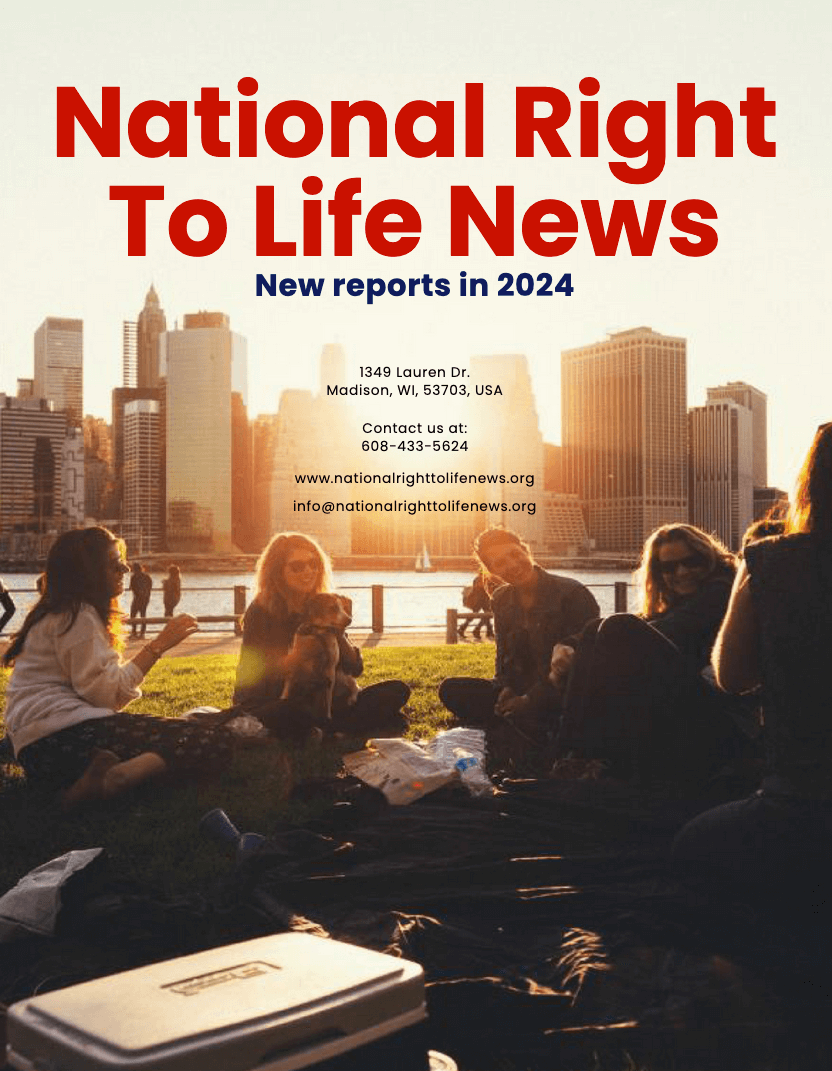It was inevitable that such a situation would arise. With over half of abortions in the United States being chemically induced, a recent study has emerged which purports to demonstrate that women can not only use one of the two drugs to chemically abort, but can also do so well past the 10-week mark and without the supervision of a healthcare provider, as recommended by the Food and Drug Administration (FDA). Furthermore, the study revealed that women can self-manage their abortions, which is the primary objective of the abortion industry.
In her article for the New York Times, which has a reputation for being pro-abortion, Roni Caryn Rabin begins with the following paragraph:
The vast majority of women were able to terminate unwanted pregnancies with abortion drugs on their own, without additional medical intervention, even when they were well past the first trimester, according to a report published on Thursday.
The study, as outlined by Rabin, was based on the experiences of 264 women who were nine to 16 weeks pregnant in Argentina, Nigeria and an unnamed country in Southeast Asia where abortion is illegal. Almost half of the women (47%) took only one drug, misoprostol, instead of the standard two-drug regimen, mifepristone and misoprostol.
Nevertheless, the study, published in the journal Obstetrics & Gynecology, indicates that the pregnancies were terminated. All participants received information from an abortion support group.
Rabin reports that 44% of the subjects used only misoprostol. What are the implications of this? The medication misoprostol is prescribed for a multitude of conditions and is available in numerous countries without a prescription.
The qualifying paragraphs commence following the initial few laudatory and uncritical sections. A significant proportion of women (24%) sought medical care following their abortions, with the majority of these women (75%) seeking confirmation that the termination was complete. A smaller percentage of women sought to address concerns about bleeding, pain, fever, or discharge. A smaller percentage of women sought medical care after their abortions.
However, Rabin notes that women who were pregnant for 12 weeks or longer were significantly more likely to seek medical care after a medication abortion, compared with those who were nine to 11 weeks pregnant.
However, there is no need for concern.
Dr. Daniel Grossman is the director of ANSIRH (Advancing New Standards in Reproductive Health). He is a specialist in the field of abortion and has previously held the position of board member for both NARAL Pro-Choice America and the National Abortion Federation. In essence, Grossman represents the abortion industry’s primary figure in legitimising its claims.
In conclusion, the findings of this study contribute to the existing body of research indicating that self-managed abortion with medications is safe and effective, including after 12 weeks of pregnancy. As clinic-based abortion care becomes less available in many parts of the country due to state-level bans, it is likely that self-managed abortion will become more common, as we are already seeing.
What are the implications of studies such as this one, and particularly this one, for those who support abortion rights? The new study, which is one of the first to report on self-managed medication abortions carried out after the first trimester of pregnancy, offers these women some reassurance, according to the researchers.
Rabin notes that approximately 90% of women in the study were able to end pregnancies through self-managed medication abortions, with no additional intervention required. A further 5% underwent a surgical procedure to complete the abortion, while 5% experienced an incomplete abortion.
The narrative does not present the outcomes by week, except to indicate that “only three participants self-managed abortions with gestations of 17 weeks and longer.” Furthermore, the study’s authors have called for further research into medication abortion and pregnancies beyond the 17-week mark.
In conclusion, it is evident that the complications associated with misoprostol are not uncommon, as Dr. Randall K. O’Bannon, the director of education and research at the NRLC, has documented on numerous occasions. To illustrate,
A 2015 study of emergency room visits by University of California, San Francisco researcher Ushma Upadhyay is one of those often cited as proof that the rate of major complications is “less than 1%”. Indeed, in “Incidence of emergency department visits and complications after abortion,” published in the January 2015 issue of Obstetrics & Gynecology, Upadhyay officially found that “the major complication rate was 0.23%,” less than a quarter of one percent.
But this depends on several questionable steps to refine the data.
First, Upadhyay explicitly limits what counts as a “serious” or “major” complication.
“Major complications were defined as serious unexpected adverse events requiring hospitalisation, surgery or blood transfusion,” the article reads. “Minor complications were all other expected adverse events.”
While this sounds reasonable, consider the things included in Upadhyay’s “minor complications”: bleeding, infection, incomplete or “failed” abortions requiring “uterine aspiration” (i.e. surgical abortion). Even things like “uterine perforation” were classified as “minor”.
Second, with this knowledge, consider that when Upadhyay added in and counted both major and “minor” complications, the complication rate for chemical abortions was 5.19% – considerably higher than the advertised “less than one percent”.
Daniel Miller is responsible for nearly all of National Right to Life News' political writing.
With the election of Donald Trump to the U.S. presidency, Daniel Miller developed a deep obsession with U.S. politics that has never let go of the political scientist. Whether it's the election of Joe Biden, the midterm elections in Congress, the abortion rights debate in the Supreme Court or the mudslinging in the primaries - Daniel Miller is happy to stay up late for you.
Daniel was born and raised in New York. After living in China, working for a news agency and another stint at a major news network, he now lives in Arizona with his two daughters.

